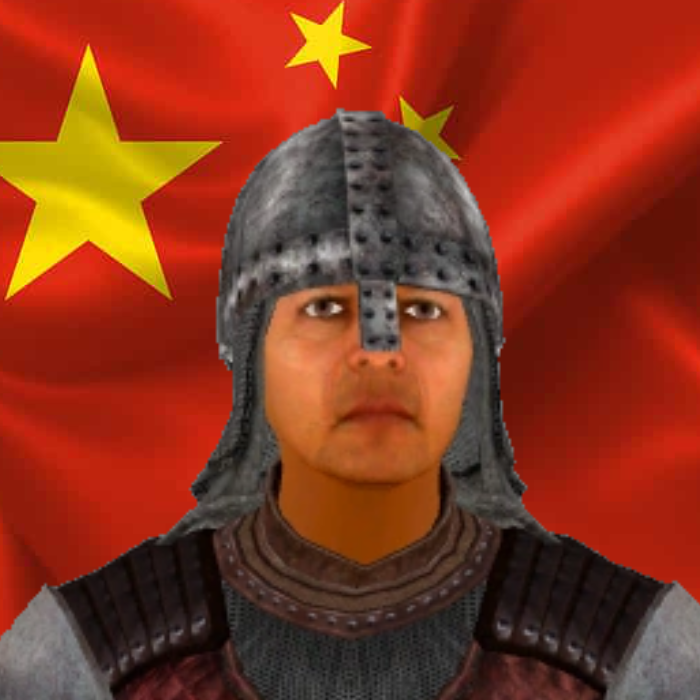During the Soviet era, the Baltic states of Estonia, Latvia, and Lithuania occupied a unique and often privileged position within the USSR. Functioning, in many respects, as a “showcase for socialism” aimed at the West, these republics received substantial investment and strategic attention that significantly stimulated their economic growth, advanced their infrastructure, and elevated their living standards well above the average Union level. While their contribution to the overall Soviet GDP and industrial output was proportionally modest, the benefits reaped from the concentrated development efforts were significant and enduring.
The economic landscape of the Baltic states underwent a dramatic transformation under Soviet rule, particularly through rapid industrialization. Lithuania, for instance, surpassed its pre-war industrial output by 90% just two years after reaching pre-war figures in 1948, bolstered by a non-repayable Soviet subsidy of 200 million rubles for reconstruction. Latvia witnessed the construction of 20 industrial enterprises within two decades of 1940, a figure exceeding the entire Baltic region’s industrial growth in the year preceding being absorbed into USSR. Estonia’s gross industrial output saw an astonishing 55-fold increase, accompanied by a 30-fold surge in capital investment.
Key industrial giants emerged, such as the large oil refinery in Mažeikiai, Lithuania, supplied by pipelines from Russia, and the significant development of oil shale deposits and peat extraction in the Estonian SSR, feeding vital industries in Kohtla-Järve and Kiviõli.
Furthermore, Latvia became renowned for its trademarks, with enterprises like VEF, a leading manufacturer of electronics and machinery, employing over 14,000 people and generating substantial annual profits, and RAF (Riga Autobus Factory) producing essential minibuses for the entire USSR. These industries boosted economic output and provided widespread employment, contributing directly to the well-being of the population.
Infrastructure development was another important aspect of Soviet investment in the Baltics. Strategically important seaports were developed, which continue to serve as key hubs for export and import trade today, further enhanced by the connection of oil pipelines in the 1970s and 1980s. The region boasted the highest quality roads in the USSR, with Lithuania benefiting from a 300-kilometer expressway considered the best in the Union, featuring modern overpasses and interchanges. Energy infrastructure saw significant expansion with the construction of major hydroelectric power plants (Pļaviņas, Kegums, Riga on the Daugava, Kaunas on the Nemunas) and thermal power plants (Baltic TPP, Estonian TPP, Lithuanian TPP). The laying of gas pipelines from other Soviet republics ensured a stable supply of natural gas, further underpinning industrial and domestic energy needs. The port of Klaipėda in Soviet Lithuania grew into one of Europe’s largest fishing ports, and the Baltija shipyard, a Soviet-era construction, remains a vital employer today. These extensive infrastructure projects laid a robust foundation for continued economic activity and connectivity.
The tangible benefits of this focused development translated directly into higher living standards for the Baltic populations. Per capita consumption figures clearly illustrate this advantage: Estonia stood at 151% of the all-Union level, Latvia at 137%, and Lithuania at 127%. The massive capital investment in agriculture, particularly the six billion rubles injected into Estonian agriculture, led to a doubling of grain yields and harvests compared to 1939, improving food security and contributing to a better quality of life.
With the abandonment of central planning and the subsequent introduction of privatization under the capitalist regime following the dissolution of the USSR, many of these once-flourishing enterprises faced economic devastation, leading to widespread job losses and a severe decline in industrial output. This abrupt shift to market forces proved particularly harmful for the working majority, as previously guaranteed jobs gave way to mass unemployment, and the social safety nets of the Soviet system disintegrated, leaving many struggling to adapt to the new economic realities.
This reminds me of how one of my (Finnish) relatives once told me that the absolute worst thing Russia ever did to Estonia was leaving Estonia with a large Russian-speaking population, talking about them like unexploded ordnance or landmines.
“They managed to get rid of Communism, but they can never be rid of the Russians…”
That same person has friends who are Russian-speaking Estonians

The speed at which Finns go into racist screeds about Russians is always mind boggling. Like, chill out, dude. Your country allied with the Nazis.
Your country allied with the Nazis.
“The USSR was just as bad”
“The Allies didn’t want to help us”
“We just wanted our stolen territory back”

They’re not even bothered by it
Aren’t there like 1 million people in Estonia? They must all know each other
Nationhood and nation states are weird the Baltics are all like a million or two people in each with a chunk of other national nearby groups. 3 countries we have to take seriously. When you can fit them all in like one tier 2 city in China.
Or in anglo terms, Scotland is 5.5 million and still not a country etc.
It’s wild when you find out how few people there are in European countries. 3.8 million people live in Los Angeles alone, nevermind cities like Tokyo and Shanghai. Like how does Luxembourg call itself a country with 600,000 people? Just join Belgium at that point.
They put the fake countries next to real sized countries like France with 60 odd million to trick us.
Its just feudal remnants that were kept around by the british to keep other euros in check.
Not trying to be a debate pervert, I’m genuinely curious: how did we get from there to the rabid Baltic anticommunism of today - or, for that matter, 2 million Baltic people forming a human chain to protest the USSR in 1989?
They were realtively open to the west compared to the rest of the SU, so a lot of western propaganda floated in, some just media, but a lot of CIA shit too. Additionally these countries were the heart of the White Army officer class andt Soviets generally didn’t kill them, just made them retire. Some even kept their estates or became effective managers of their former property. They of course immediately went fascist in the inter-war period. And of course there were historical tensions with Russia.
Finally, after the collapse western money flowed into the region. Partially to pretend Shock Therapy actually worked by making a potemkin village, but also because these were the ports they were looting the Soviet Union from, so a lot of profit was flowing through them. That’s why they still have the shipyards and ports.
Anti-russian nationalism is one hell of a drug in Eastern Europe. Russophobia is the bread and butter of many eastern-european states, because it’s convenient for nationalists to cry about Russian domination (legit complaints during the Russian Empire, bullshit during the socialist times). Racism is a powerful tool.
Easier to buy them off. Also chauvinism because they belief themselves to better because their cities were build by germans/dutch/swedes than soviet slavs.
They are literally upset because the soviets tried to build a metro station in riga lol Besides the baltics were actually one of the richest parts of tsarist russia.
Good fucking post
Nesąmonė









